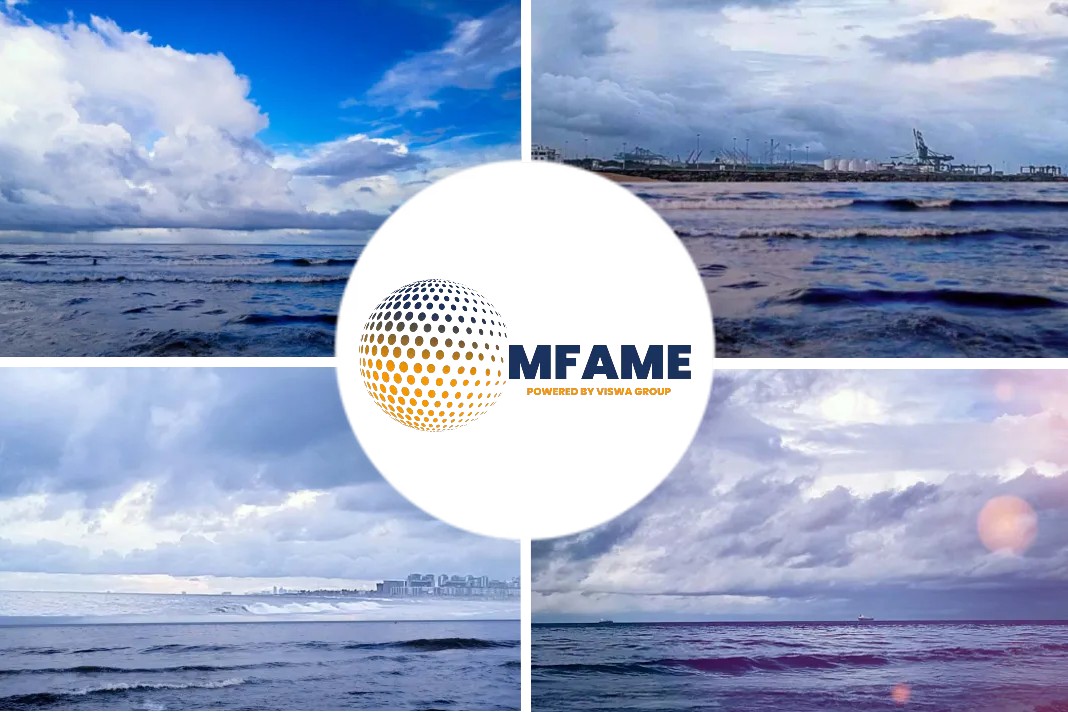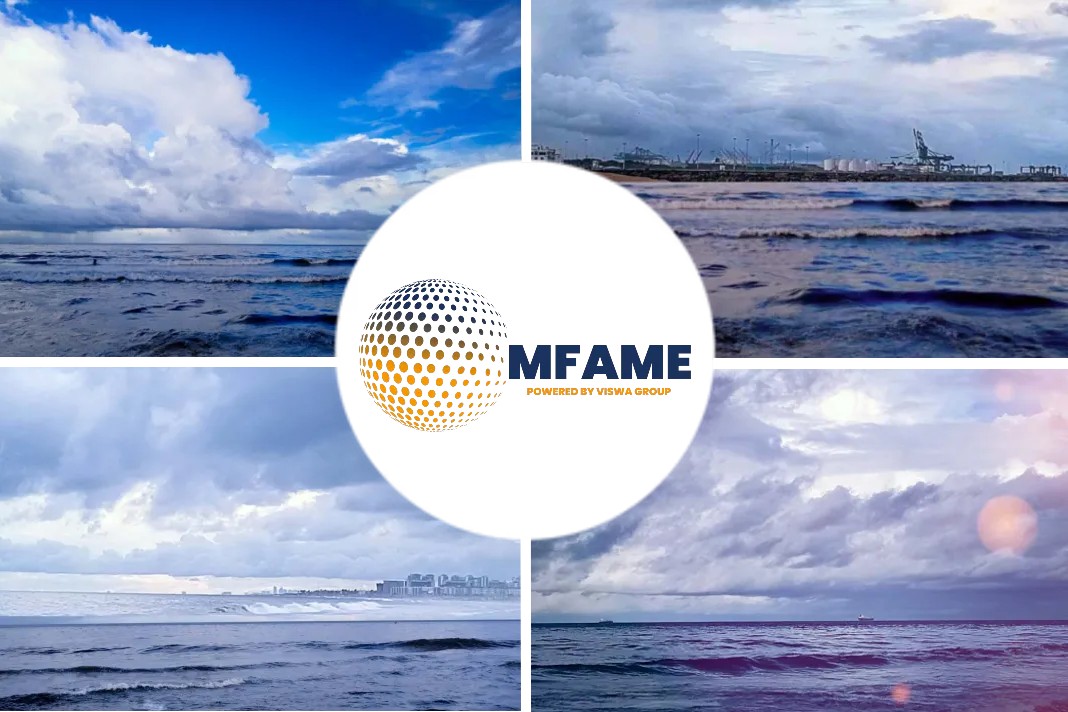According to Kim Diederichsen, CEO, Anemoi, harnessing the power of the wind to supplement thrust developed by ships’ engines is becoming a key focus amid shipping’s decarbonisation push, says an article published in SeaNews.
Financial imperatives & Environmental obligations
Shipowners are increasingly having to find a delicate balance between financial imperatives and meeting their environmental obligations. The drive for efficiency and sustainability is affecting all shipowners as pressure mounts to meet the International Maritime Organization’s (IMO) carbon reduction targets.
In meeting this objective, harnessing the power of the wind to supplement thrust developed by ships’ engines is becoming a key focus amid shipping’s decarbonisation push.
Rotor Sails and decarbonisation
It was a century ago when Rotor Sails were first fitted to a ship. And with sustainability now firmly on the agenda for all maritime stakeholders, Anemoi, a global provider of proven wind technology, has successfully reimagined the concept for modern-day shipowners.
Rotor Sails offer a compelling solution to support decarbonisation. These unique, tall cylindrical sails can be installed on the main ship deck, bow or elsewhere with sufficient space. An electric motor is used to rotate the sails in order to harness the renewable power of the wind and propel the ship.
Aerodynamic phenomenon
Rotor Sails make use of the aerodynamic phenomenon known as the ‘Magnus Effect’. As the cylinder rotates within an airflow, a forward thrust force perpendicular to the apparent wind direction is created, which delivers additional thrust to the vessel.
Reduced emissions
The thrust generated can either provide additional vessel speed or maintain vessel speed by reducing power from the main engine. The obvious benefit from this is less fuel burned and reduced emissions.
Green technology
Crucially, Anemoi Rotor Sails are a truly green technology which requires very little input from the crew. In addition, maintenance costs are low – despite the Rotor Sails having a life span of over 20 years. The technology looks set to be integral in the shift towards sustainable shipping, a process that is accelerating as the maritime industry tackles the decarbonisation challenge.
Eyeing the regulatory landscape
Industry is now keenly aware that the IMO wants considerable – and mandatory – cuts in ship emissions as part of its 2030 and 2050 targets.
GHG emissions reduction
The goal is to reduce GHG emissions from vessels by at least 40% before the end of this decade and by at least 50% by 2050 (compared with 2008 baseline figures).
The best-case scenario is full decarbonisation, although this will likely require a range of solutions.
EEDI in place
To help benchmark and measure the effectiveness of efforts made to reduce vessel emissions, the Energy Efficiency Design Index (EEDI) is already in place and has been created to ensure newbuild vessels meet requisite levels of efficiency. The Energy Efficiency Existing Ship Index (EEXI) is due to come into force by January 2023 and the Carbon Intensity Indicators (CII), meanwhile, is likely to be confirmed at the IMO MEPC 76 later this month.
Means for compliance
These measures mean shipowners already have to carefully consider the options available to achieve compliance. Debate still surrounds the realistic timeline, availability and eco nature of alternative fuels. As a result, many shipowners are ready to take the plunge and invest in future proof technologies. Installing wind technologies as retrofit or newbuild could be the ideal answer for many vessel segments.
Proven technology
After considerable research and development, Anemoi first fitted its Rotor Sails to MV Afros, a 64,000-dwt bulk carrier in 2018. In general, it is the larger bulkers such as VLOC and Capesize vessels that find it more of a challenge to meet future EEDI (and soon their EEXI) targets at the design stage.
Nevertheless, these vessel types are often ideally suited to Rotor Sail technology. They have ample deck space and typically operate on favourable trading patterns where the wind is strong and predictable.
Fuel saving for Bulkers
When considering fuel savings for bulk carriers, Anemoi’s research suggests a 325,000-dwt VLOC fitted with Rotor Sails could achieve an 18% fuel and emission reduction. On a typical China to Brazil return route, these savings amount to 5,357 tonnes of carbon saved each year. Similar results are also achievable in other vessel segments. A VLCC tanker sailing from the US Gulf to China (return) shows a 17.3% fuel reduction, which equates to 7,044 tonnes of carbon saved each year.
Fuel and carbon saving
When it comes to high-level numbers, if Anemoi Rotor Sails were installed on every suitable vessel in the world fleet the average savings per year would be 17 million tonnes of fuel and 56 million tonnes of carbon.
This equates to 19 million tonnes of waste to landfill or 2.7 billion tonnes of coal burned; a sizeable emissions saving, and a significant step towards achieving the IMO’s ambitious but necessary emissions targets.
Did you subscribe to our daily newsletter?
It’s Free! Click here to Subscribe!
Source: SeaNews

























